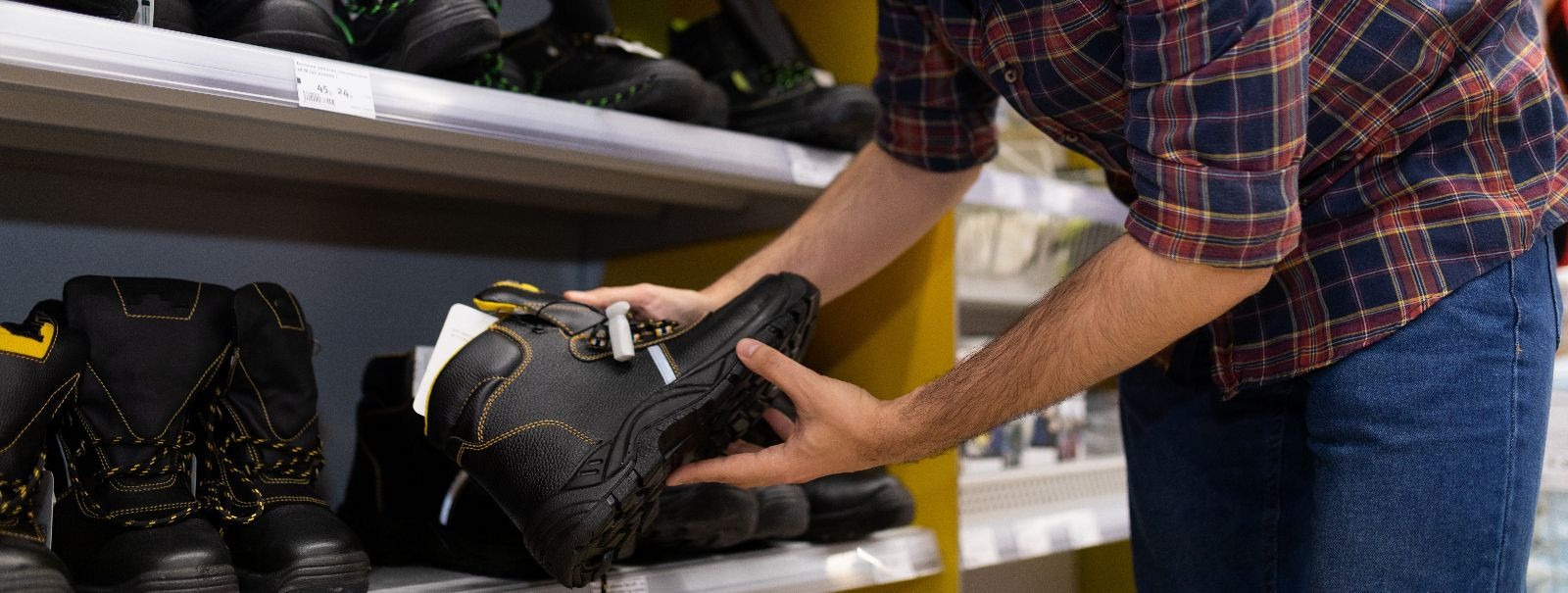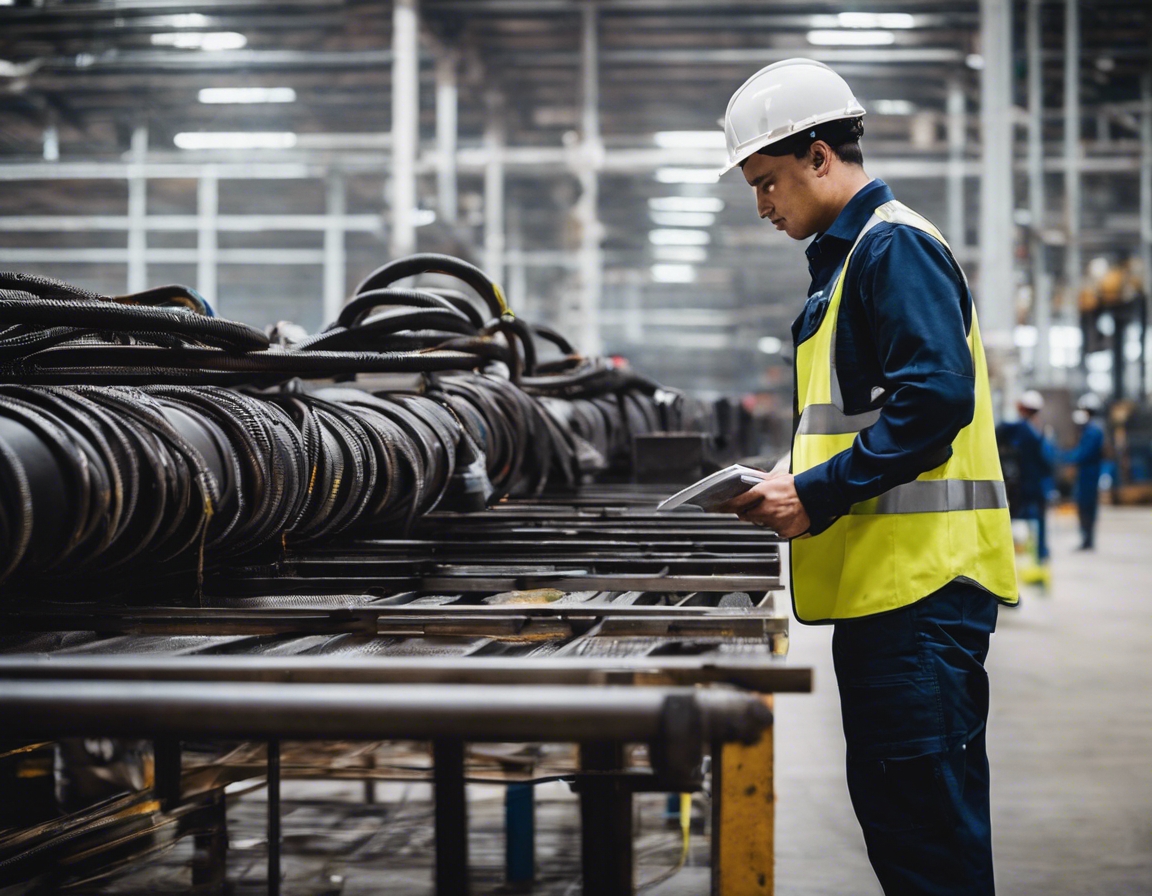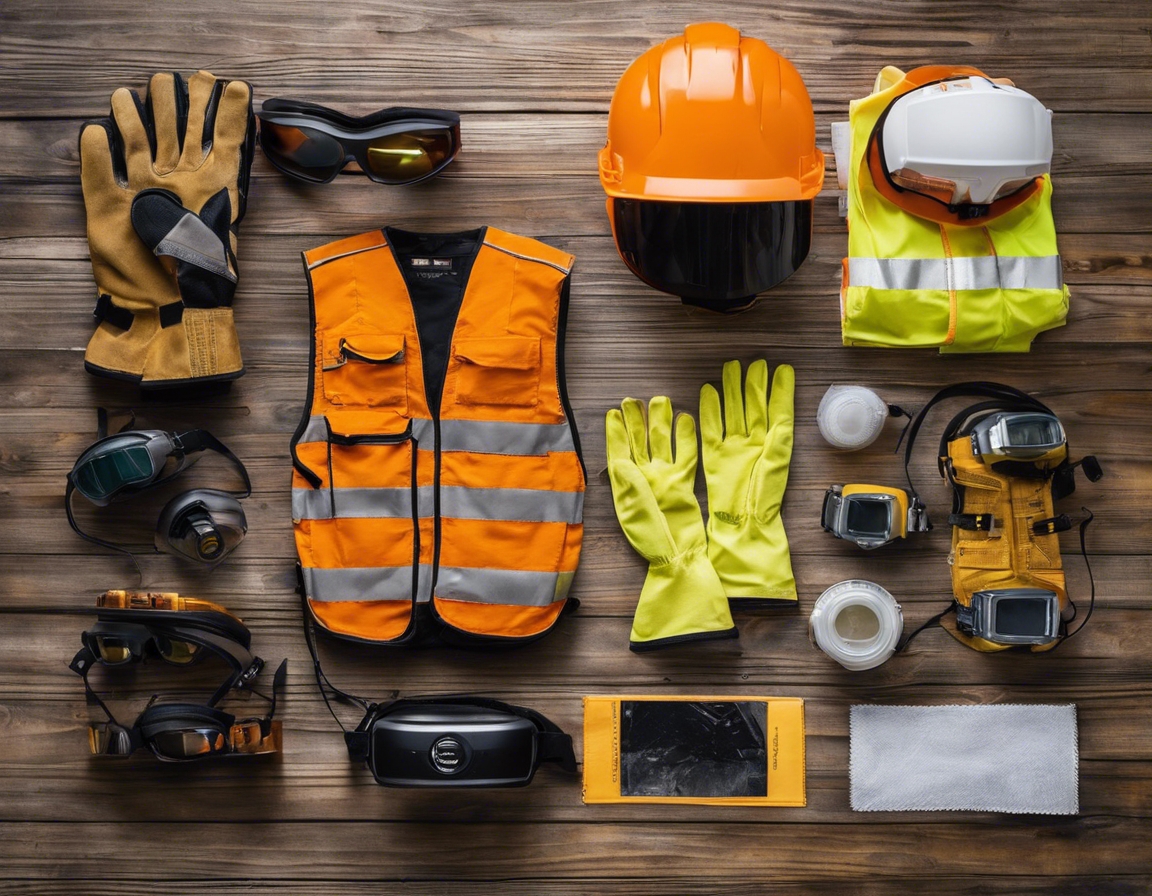Why quality footwear is essential for workplace safety
Footwear plays a crucial role in workplace safety, serving as the first line of defense against numerous hazards that can lead to injury or even fatality. Quality safety footwear is designed to protect against impacts, punctures, slips, and electrical hazards, ensuring that workers can perform their duties without risking their health and well-being.
According to recent statistics, a significant number of workplace injuries involve the feet and legs, with many of these incidents being preventable through the use of appropriate safety footwear. These injuries not only affect the employees' ability to work but also lead to substantial financial losses for employers due to workers' compensation claims and lost productivity.
Key Features of Quality Safety Footwear
One of the essential features of safety footwear is the protective toecap, which shields the toes from heavy falling objects and compression. Materials like steel, composite, or aluminum offer varying levels of protection to suit different work environments.
Slip-resistant soles are critical for preventing falls, which are among the most common workplace accidents. Quality footwear provides traction on various surfaces, reducing the risk of slips and falls that can lead to serious injuries.
Puncture-resistant soles protect the feet from sharp objects like nails or shards of metal or glass that can be encountered on a worksite. This feature is particularly important in construction and manufacturing settings.
For those working with electricity or around electrical hazards, footwear with electrical resistance can prevent electric shocks. Insulating properties or conductive materials are used depending on the specific requirements of the job.
Proper ergonomic design in safety footwear helps to support the foot's natural structure, reducing fatigue and the risk of musculoskeletal disorders. This is especially important for workers who spend long hours on their feet.
The durability and quality of materials used in safety footwear determine how well they can withstand harsh working conditions and protect the feet over time. High-quality materials ensure longevity and sustained protection.
Industry-Specific Footwear Requirements
In the construction industry, footwear must be robust and provide high levels of protection due to the presence of heavy machinery and materials. Features like waterproofing and insulation may also be necessary depending on the climate and working conditions.
Manufacturing workers need footwear that can protect against a variety of risks, including heavy loads, chemical spills, and sharp objects. The right footwear can also help prevent fatigue from standing on hard surfaces for extended periods.
Electricians and other workers exposed to electrical hazards require footwear with specific insulating properties to prevent electric shocks, which can be fatal.
Those working with chemicals need footwear that is resistant to spills and splashes, preventing burns and other injuries from hazardous substances.
The Cost of Neglecting Footwear Safety
The direct costs associated with workplace accidents, including medical expenses and compensation, can be significant. Investing in quality safety footwear is a proactive measure that can reduce these costs.
Indirect costs such as training replacement workers, investigation time, and lowered morale can far exceed the direct costs of accidents. Quality footwear contributes to a safer work environment, which can help mitigate these long-term implications.
Choosing the Right Safety Footwear
Identifying the specific hazards present in a workplace is the first step in selecting the appropriate safety footwear. This assessment should inform the features and level of protection required.
Footwear should meet certain certifications and standards to ensure it provides the necessary level of protection. Understanding these standards is crucial for making an informed choice.
Comfort and fit are not just about worker satisfaction; they are also about safety. Ill-fitting footwear can lead to blisters, sprains, and other issues that can compromise safety.
Selecting a reputable vendor like NIINE TKV OÜ, which offers high-quality safety footwear and personalized customer service, is essential for ensuring that workers are adequately protected.






Comments (0)